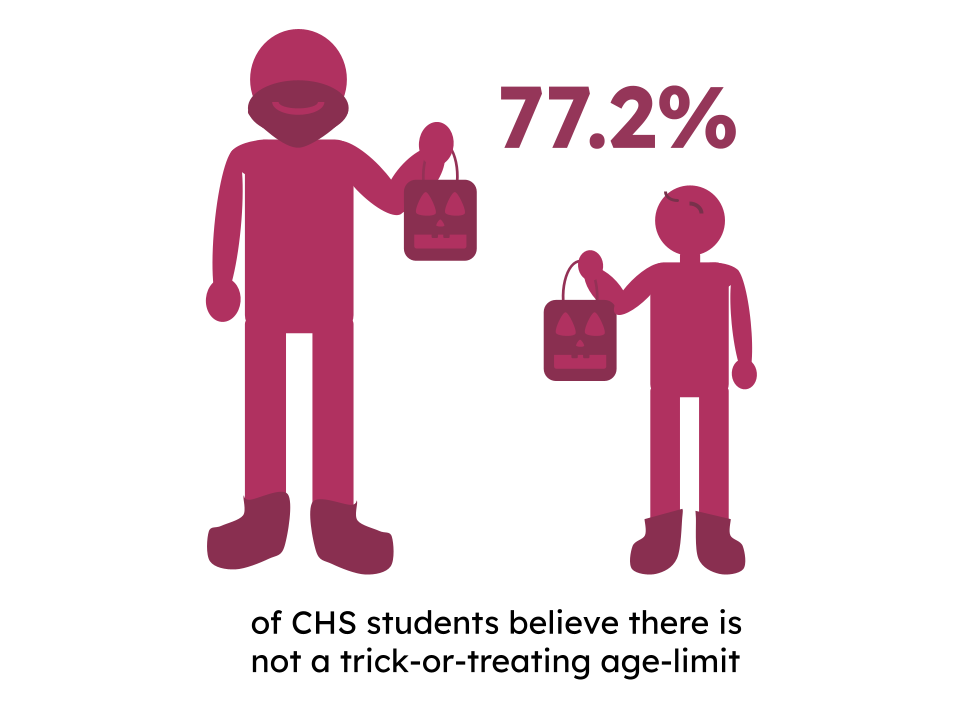
College decision season is one of the most stressful times a high school senior will go through. Hours of anxiously writing essays and awaiting acceptances in front of blue screens eat away at the nights of students. However, the academic aspect of the process is not students sole worry: financial and monetary concerns loom over them.
At Communications High School (CHS), displaying flags advertising students’ college acceptances has become a beloved ritual. These flags, showcasing each senior’s name and the colleges they have been admitted to, are intended to celebrate their achievements. Upon first look, this tradition is a way to celebrate students’ academic accomplishments. However, these feelings are not universally shared.
For many students, college decisions are not just about their merits—they are about factors beyond their control, such as financial aid, family circumstances and personal connections. Sometimes feeling like a life or death commitment, college decisions ultimately dictate the beginning stages of a student’s career. When displayed for the entire school to see, the flags can foster unhealthy comparisons and even undermine a student’s self-worth.
Senior Isabella Remolina of Shrewsbury Township believes the tradition hosts the potential to heighten stress during the application process.
“CHS is toxically competitive when it comes to academics. While I do enjoy the flags, I see an obvious problem with them,” Remolina said.
CHS is widely known to be a competitive and rigorous environment; the flags serve as a physical alleyway for more academic comparison. Pinned in the cafeteria for all eyes to see, the flags can serve as a constant reminder of how a student compares to their peers.
Many view the flags as purely celebratory, as they do not display any rejections. However, the tradition of the world map displayed later in the year, which lists all the student’s decisions, adds another layer to the conversation. The bulletin board displaying where CHS seniors intend to spend their next four years proves the flag tradition unnecessary.
Senior Charlotte Davie of Howell Township claims the tradition has the potential to make students uncomfortable amidst the decision process.
“I understand that it’s a good thing if you are proud of where you got into, so I see how the flags are a positive,” David said. “But, if a student did not get into a dream school or didn’t apply to as many schools as others, I can see how this poses concerns.”
The flags serve more as a public display for the rest of the school than a celebration. This can cause students to feel peer pressured into sharing their acceptance, as it serves the rest of the school rather than the seniors.
Digital Video teacher David Salowe believes the flags serve the CHS community more than the individual seniors they claim to celebrate.
“It’s really for everyone else, not the seniors,” said Salowe.
Rejections and acceptances are pivotal and vulnerable for students, which is why they should remain private. To students who did not receive a high number of acceptances or were not admitted to their top choice, rejections can feel exacerbated by the constant reminder of inadequacy hung on the cafeteria walls. Instagram accounts posting seniors university commitments and the committed map are better ways to celebrate students’ college accomplishments without showing differences and comparisons among students.
College applications are already a major stressor, causing a high-stakes environment in schools and homes. Hanging proof of other students’ acceptances simply serves as a physical gateway for comparison.








